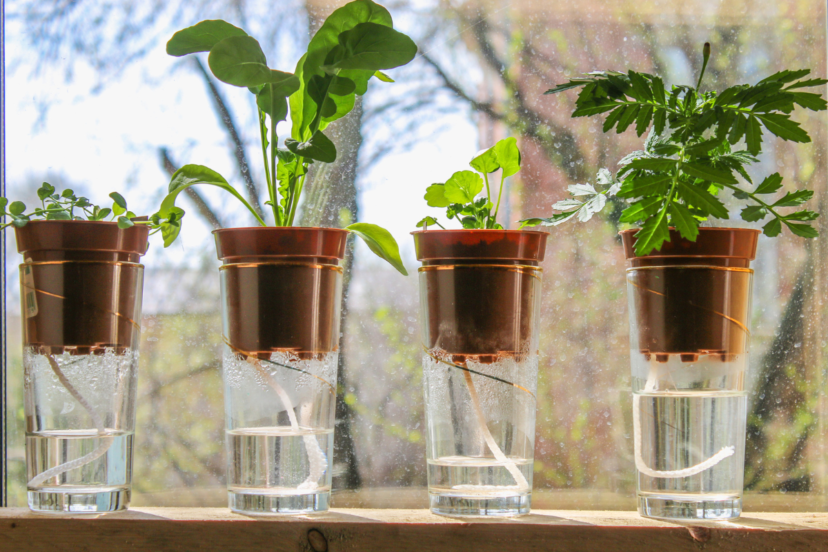Wick System Hydroponics: A Novice’s Guide
Introduction to Wick System Hydroponics
Wick System Hydroponics is a beginner-friendly system that is a perfect introduction to hydroponics. Imagine growing your plants without soil, using just water, nutrients, and a simple wick to bring them together.
The Mechanism Behind Wick Systems
How Does it Work?
Wick system hydroponics is like giving your plant a consistent drink through a straw. The wick draws nutrient-rich water from a reservoir, delivering it directly to the plant’s roots.
The Key Components
The main pieces here are the water reservoir, the growing medium (like coco coir or perlite), the plant itself, and of course, the wick. It’s a harmonious assembly line, with each component playing its part.
Benefits of Wick System Hydroponics
Simplicity and Ease
For a beginner, simplicity is a boon. No pumps, no electricity – just let the wick do its job. It’s like using a siphon to fill your car’s gas tank instead of a complex machine. This is a great system to use for a hydroponic herb garden.
Cost-effectiveness
Without the need for fancy equipment, the initial outlay is small, unlike many other hydroponic systems. The majority of the components can even be DIY’ed!
Sustainability
Less water and fewer nutrients wasted means less impact on the environment and less work for you.
Challenges in Wick System Hydroponics
Nutrient Delivery Issues
However, it’s not always without issues. The passive nature of wick hydroponics means sometimes, not enough nutrients make their way to the plant. It’s like expecting a candle wick to light up an entire room—it has its limits.
Oversaturation in Wick System Hydroponics
Too much of a good thing can be harmful. There’s a risk of drowning your plant if the wick system isn’t well-balanced.
Tips and Suggestions for a Thriving Wick System Hydroponics Garden
Choosing the Right Wick
Cotton, felt, or nylon? The wick’s material matters! Ensure it’s absorbent enough to feed your plants adequately.
Monitoring Water Levels
Too much or too little can spell disaster. So, keep an eagle eye on that reservoir.
Signs of Over/Under-Watering
Are the leaves droopy? Too yellow? These could be SOS signals from your plant. Listen and act.
Conclusion
Embarking on the hydroponic wick system journey is like learning to ride a bike – there’ll be a few wobbles, but once you get the hang of it, it’s smooth sailing. Equipped with the right knowledge and tools, your plants will thrive!
FAQs
How often should I change the wick system hydroponics nutrient solution?
Typically, every 2-3 weeks. But keep an eye on the plant’s health and adjust accordingly.
Can any plant be grown using wick hydroponics?
It’s best for smaller plants due to its passive nutrient delivery.
How do I prevent algae growth?
Keep the reservoir covered and avoid direct sunlight.
What’s the best wick material?
Cotton and felt are commonly used, but it can vary based on your setup.
How many wicks do I need per plant?
Generally, 1-2, but it can vary depending on the plant’s size and nutrient needs.




